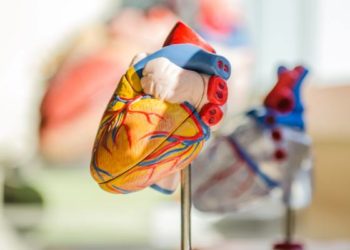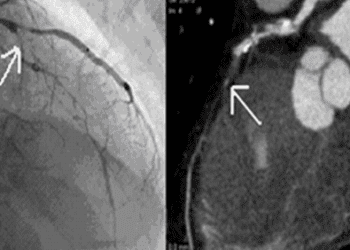Quick Take: Christmas, National Holidays, Sport Events, and Time Factors as Triggers of Acute Myocardial Infarction: SWEDEHEART Observational Study 1998-2013
Ischemic heart disease, the most common cause of morbidity and mortality worldwide, has many modifiable and non-modifiable risk factors, including several external factors. This retrospective observational study aimed to investigate circadian rhythms, major sports events, and national holidays as potential triggers of myocardial infarction. Investigators reviewed 283,014 cases of myocardial infarction between 1998 and 2013. Cases with symptom onset during Easter, Midsummer Holiday, Christmas, and New Year were recorded and compared to incidence rates in the two weeks before and after the holiday. Cases with symptom onset during FIFA World Cup, UEFA European Championship, and both the winter and summer Olympic Games were also recorded, with the control time period being dates exactly one year before and one year after. Hours at which symptom onset occurred were also recorded. Researchers found that Christmas (incidence rate ratio (IRR) 1.15, 95% CI 1.12 to 1.19, p<0.001), Christmas Eve (IRR 1.37, 95% CI 1.29 to 1.46, p<0.001), and Midsummer holidays (IRR 1.12, 95% CI 1.07 to 1.18, p<0.001) were all associated with an increased risk of myocardial infarction. However, Easter and the sporting events studied did not yield a significant difference in terms of risk for myocardial infarction. A higher risk of myocardial infarction during Mondays and during the early morning was also observed. Investigators concluded that Christmas, Midsummer holidays, as well as Mondays and early mornings, were all associated with a higher risk of myocardial infarction, implying that external factors may contribute to these occurrences.
Click to read the study in BMJ
Image: PD
©2018 2 Minute Medicine, Inc. All rights reserved. No works may be reproduced without expressed written consent from 2 Minute Medicine, Inc. Inquire about licensing here. No article should be construed as medical advice and is not intended as such by the authors or by 2 Minute Medicine, Inc.






